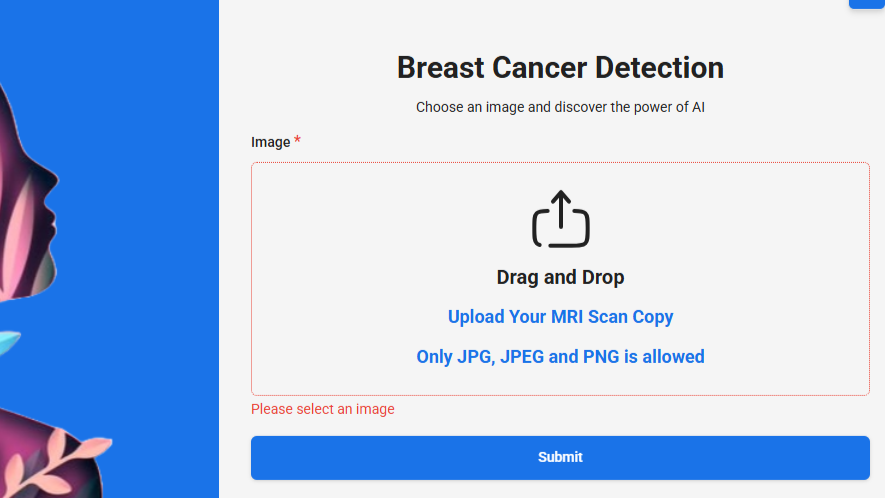AI-Powered Breast and Brain Tumor Detection System
Detecting breast and brain tumors with advanced AI models — enhancing accuracy, early diagnosis, and saving lives through innovative medical imaging technology.
2 years ago
Introduction
Cancer is one of the leading causes of death worldwide, with breast and brain tumors being among the most challenging to detect early. Our AI-powered detection system leverages state-of-the-art machine learning algorithms and medical imaging technology to provide accurate, efficient, and timely diagnoses, improving patient outcomes.
Understanding Breast and Brain Tumors
Breast tumors can be benign or malignant, and early detection is critical for successful treatment. Similarly, brain tumors, whether primary or metastatic, require precise diagnosis to plan appropriate interventions. Manual analysis of medical images can be time-consuming and prone to human error. This is where artificial intelligence steps in to transform the diagnostic process.
How AI Enhances Tumor Detection
Our system uses convolutional neural networks (CNNs) trained on thousands of labeled medical images to identify patterns and anomalies that indicate the presence of tumors. This method ensures high accuracy, reducing false positives and false negatives.
Key Features:
- Automated Detection: Identifies suspicious regions in mammograms and MRI scans with remarkable speed and precision.
- Early Diagnosis: Enables early-stage detection, significantly improving treatment success rates.
- Continuous Learning: The AI model improves over time, learning from new datasets to enhance accuracy.
Applications and Impact
The AI-powered tumor detection system is designed for hospitals, diagnostic centers, and research institutions, providing doctors with reliable decision support tools. By minimizing diagnostic delays, it helps save lives and reduces the emotional and financial burden on patients and their families.
Challenges and Future Scope
While AI-based detection offers immense potential, challenges such as data privacy, model interpretability, and integrating with existing healthcare infrastructure remain. Our future goal is to enhance the model’s generalization to different imaging modalities and healthcare settings.
Conclusion
By combining AI and medical imaging, we aim to revolutionize tumor detection, making early diagnosis more accessible and accurate than ever. Together, we can build a healthier future.

